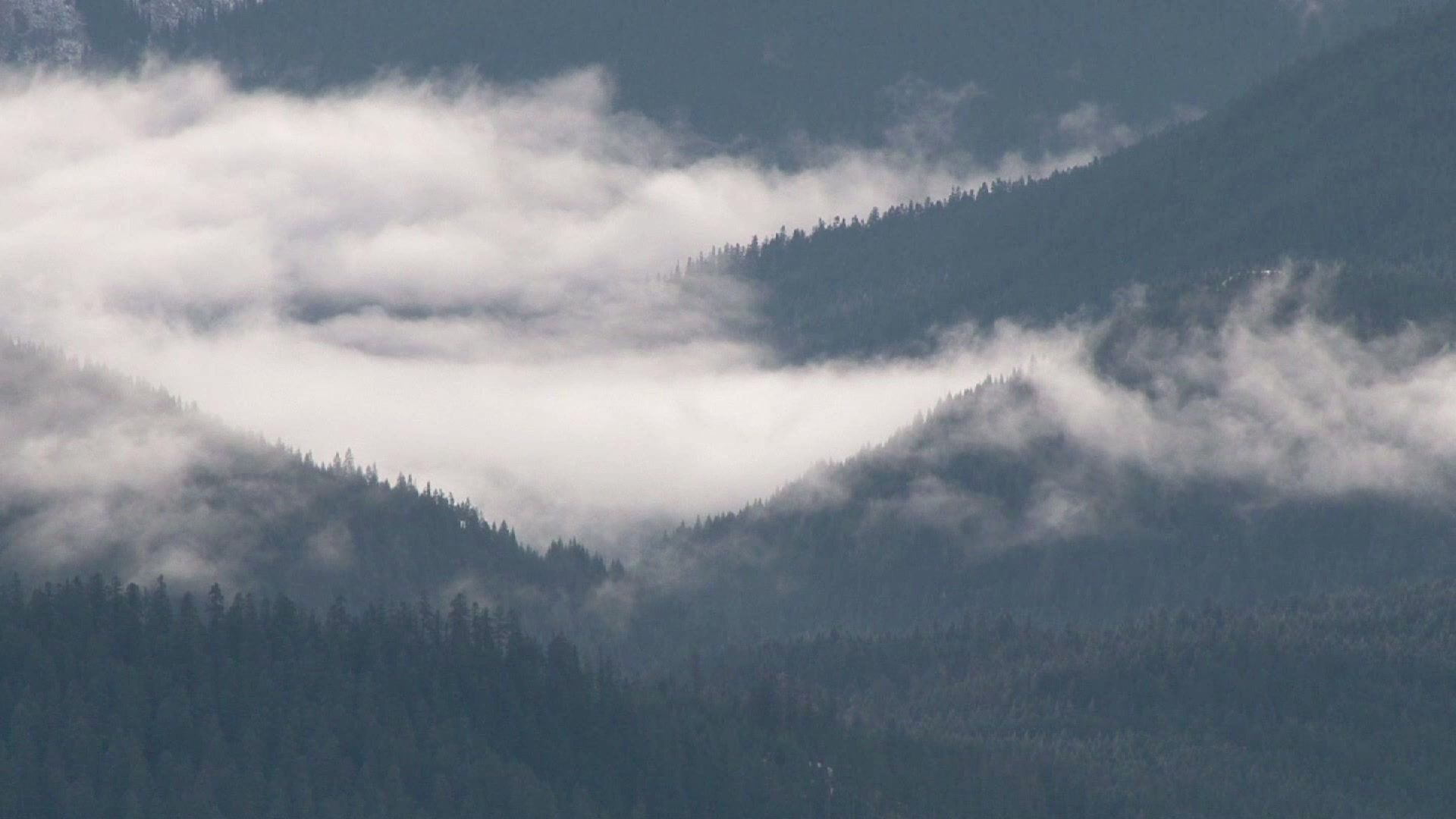top of page

Anne Blaich
In The Clouds





Scientific facts of these images:
When we look at images in which certain elements are obscured or incomplete like in those pictures a whole series of special processes are activated in the brain.
The visual cortex (especially V1-V4) get activated. These areas in the occipital lobe are responsible for the initial processing of visual stimuli. When images are obscured or fragmented, the brain automatically fills in the missing information - a process called amodal completion.
The parietal lobe also gets activated. The parietal lobe helps with spatial mapping and detects where something is missing or hidden in space. Visual attention is also increased - the brain actively “scans” the scene to reconstruct the missing parts.
And the prefrontal Cortex gets activated. This area is important for understanding context, planning and making predictions. When something in the picture is incomplete, the prefrontal cortex generates hypotheses: What could be behind the wall? Who or what is missing?
And the temporal lobe for object recognition: Areas that recognize objects and faces are located here (e.g. the fusiform facial area). Even if a face or object is partially obscured, this area can often correctly identify it because it is linked to memory content - it "compares" what is seen with known patterns.
And very important the reward system (e.g. Nucleus Accumbens) gets activated. Images with obscured or unclear elements often also activate dopaminergic systems as the brain is challenged by mystery or ambiguity. This can be related to aesthetic curiosity – we “want to know” what is missing or hidden.
Want to buy a picture?
bottom of page